Home>Renovation & DIY>Home Renovation Guides>How Long Can You Make Home Improvements With A VA Home Loan?
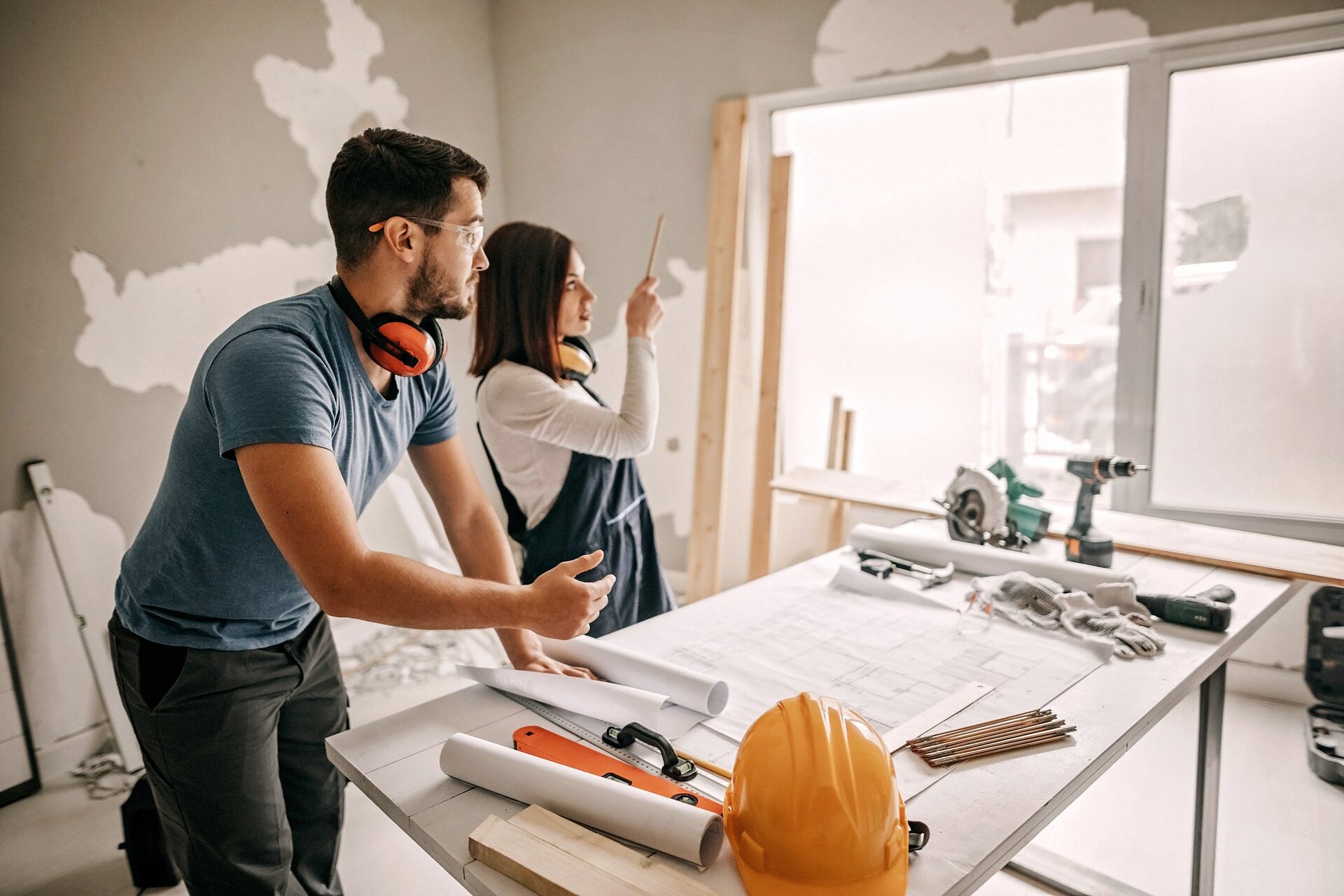

Home Renovation Guides
How Long Can You Make Home Improvements With A VA Home Loan?
Modified: January 6, 2024
Learn how a VA home loan can help you finance your home renovations and improvements. Discover the maximum length of time allowed for home improvement projects with a VA loan. Find comprehensive home renovation guides and tips.
(Many of the links in this article redirect to a specific reviewed product. Your purchase of these products through affiliate links helps to generate commission for Storables.com, at no extra cost. Learn more)
**
Introduction
**
So, you've just purchased a home using a VA home loan, and you're eager to make some improvements to turn it into your dream home. Whether it's updating the kitchen, adding a new bathroom, or enhancing the outdoor living space, you may be wondering how long you can take to make these home improvements using your VA home loan. Fortunately, VA home loans offer flexibility when it comes to making home improvements, but there are certain guidelines and limitations to be aware of. In this guide, we'll delve into the details of how long you can take to make home improvements with a VA home loan, the types of improvements covered, and the eligibility criteria. By the end of this article, you'll have a clear understanding of the timeframe and options available for enhancing your home with a VA home loan.
Key Takeaways:
- VA home loans offer flexibility for making home improvements, including energy-efficient upgrades, accessibility modifications, and kitchen/bathroom remodeling, empowering veterans to create personalized homes.
- Borrowers should plan effectively, adhere to loan disbursement schedules, and ensure compliance with VA guidelines to successfully complete home improvement projects within a reasonable timeframe.
Read more: What Can A Home Improvement Loan Be Used For
Understanding VA Home Loans
Before diving into the specifics of making home improvements with a VA home loan, it’s essential to have a solid understanding of what a VA home loan entails. VA home loans are mortgage loans provided to veterans, active-duty service members, and eligible spouses to help them purchase, refinance, or improve homes. These loans are offered by private lenders, such as banks and mortgage companies, but they are backed by the U.S. Department of Veterans Affairs, which guarantees a portion of the loan. This guarantee reduces the risk for lenders, making it easier for veterans and service members to qualify for favorable terms and conditions.
One of the key features of VA home loans is that they often come with competitive interest rates, no requirement for a down payment, and no private mortgage insurance (PMI) premiums. These benefits make VA home loans an attractive option for those who have served in the military and meet the eligibility criteria. Additionally, VA loans offer flexibility when it comes to making home improvements, allowing borrowers to include renovation costs in their loan amount under certain conditions.
It’s important to note that VA home loans are subject to specific guidelines and regulations set forth by the Department of Veterans Affairs. Understanding these guidelines is crucial for leveraging the benefits of a VA home loan while ensuring compliance with the program’s requirements.
Eligibility for Home Improvements
Not all borrowers who have obtained a VA home loan are automatically eligible to use the loan for home improvements. To qualify for making home improvements with a VA home loan, borrowers must meet certain criteria and adhere to the guidelines set by the Department of Veterans Affairs. Here are the key eligibility factors to consider:
- VA Loan Status: Borrowers must have an existing VA home loan or be in the process of securing one to be eligible for using the loan for home improvements. If you are considering applying for a VA home loan, it’s essential to explore the specific options available for incorporating home improvement costs into the loan.
- Occupancy Requirements: VA home loan guidelines typically require that the property serves as the borrower’s primary residence. This means that the home being improved must be the borrower’s primary dwelling, and the improvements should enhance the livability or functionality of the property.
- Compliance with VA Guidelines: Borrowers must ensure that the planned home improvements comply with the VA’s guidelines. This includes adhering to local building codes, obtaining necessary permits, and ensuring that the improvements meet the VA’s standards for habitability and safety.
It’s important for borrowers to consult with their lender or a VA loan specialist to determine their eligibility for using a VA home loan for home improvements. By understanding the specific requirements and ensuring compliance, borrowers can make informed decisions about leveraging their VA home loan for enhancing their homes.
Types of Home Improvements Covered
VA home loans offer flexibility when it comes to the types of home improvements that can be covered using the loan. While the specific improvements that are eligible for financing may vary based on individual circumstances and the lender’s policies, there are common types of home improvements that are often covered by VA home loans. These include:
- Energy-Efficient Upgrades: VA home loans can often finance improvements aimed at increasing the energy efficiency of a home. This may include installing solar panels, upgrading to energy-efficient windows and doors, or enhancing insulation to reduce energy consumption.
- Accessibility Modifications: For veterans or service members with disabilities, VA home loans can be used to finance modifications that improve accessibility within the home. This may involve installing ramps, widening doorways, or making other adjustments to accommodate specific mobility needs.
- Kitchen and Bathroom Remodeling: Upgrading kitchens and bathrooms is a common use of VA home loan funds. This may involve installing new fixtures, upgrading countertops and cabinetry, or making structural changes to improve the functionality and aesthetics of these spaces.
- Roof Repairs or Replacements: VA home loans can cover the costs of repairing or replacing a roof, ensuring that the home remains structurally sound and protected from the elements.
- Additions or Extensions: Borrowers may be able to use a VA home loan to finance home additions or extensions, such as adding a new room or expanding the living space to accommodate changing needs.
It’s important for borrowers to discuss their specific home improvement plans with their lender to determine which types of improvements are eligible for financing through a VA home loan. By understanding the options available, borrowers can make informed decisions about how to utilize their loan for enhancing their homes.
When using a VA home loan for home improvements, there is no specific time limit on how long you can make improvements. However, the improvements must add value to the home and be completed within a reasonable timeframe.
Limitations on Home Improvement Projects
While VA home loans offer flexibility for financing home improvements, it’s important to be aware of certain limitations and restrictions that may apply to these projects. Understanding these limitations can help borrowers make informed decisions and avoid potential complications. Here are some common limitations to consider:
- Cost Restrictions: VA home loans typically have limits on the total amount that can be financed for home improvements. Borrowers should be aware of these limits and ensure that their improvement plans fall within the allowed budget.
- Scope of Improvements: Certain types of home improvements may be subject to specific restrictions. For example, luxury upgrades or improvements that do not contribute to the livability or functionality of the home may not be eligible for financing through a VA home loan.
- Contractor Requirements: When using a VA home loan for home improvements, borrowers may be required to work with licensed contractors who meet certain qualifications. It’s important to understand the contractor requirements and ensure compliance to avoid potential issues with the loan approval process.
- Appraisal and Inspection Requirements: VA home loans for home improvements may involve appraisal and inspection processes to assess the value and condition of the property both before and after the improvements. Borrowers should be prepared for these requirements and plan accordingly.
- Timeline Considerations: While VA home loans provide flexibility for making improvements, borrowers should be mindful of the timeframe within which the improvements need to be completed. Understanding the timeline constraints can help in planning and executing the home improvement projects effectively.
By being aware of these limitations, borrowers can approach their home improvement projects with a clear understanding of what is feasible and compliant within the framework of a VA home loan. Consulting with a knowledgeable lender or VA loan specialist can provide valuable guidance in navigating these limitations.
Timeframe for Completing Home Improvements
When utilizing a VA home loan for home improvements, borrowers may wonder about the timeframe within which these renovations and enhancements need to be completed. While VA home loans offer flexibility for making improvements, it’s important to consider the timeframe for completing these projects. Here are key aspects to understand about the timeframe for home improvements with a VA home loan:
- Initial Planning Stage: Before initiating any home improvement projects, it’s essential to engage in thorough planning. This includes outlining the scope of the improvements, obtaining cost estimates, and ensuring compliance with VA guidelines and local regulations. Taking the time to plan effectively can contribute to the successful execution of the home improvement projects.
- Loan Approval and Disbursement: Once the improvement plans are in place, borrowers will need to go through the loan approval process, during which the financing for the improvements will be determined. After the loan is approved, funds for the improvements will be disbursed based on the agreed-upon schedule, allowing borrowers to commence the renovation work.
- Construction and Renovation Period: The actual timeframe for completing the home improvements will depend on the scope and complexity of the projects. Whether it’s a kitchen remodel, bathroom renovation, or energy-efficient upgrades, it’s important to work with experienced contractors and tradespeople to ensure that the improvements are executed efficiently and to the desired standards.
- Compliance and Inspections: Throughout the renovation process, borrowers may need to schedule inspections to ensure that the improvements meet the necessary standards and comply with VA guidelines. This may include inspections for structural changes, energy efficiency upgrades, or accessibility modifications.
- Completion and Documentation: Once the home improvements are finished, borrowers will need to provide documentation and evidence of the completed work to the lender and the VA. This may involve submitting invoices, receipts, and other relevant documentation to confirm that the funds were used for the approved improvements.
Overall, the timeframe for completing home improvements with a VA home loan can vary based on the specific projects and the efficiency of the renovation process. By planning effectively, adhering to the loan disbursement schedule, and ensuring compliance with VA requirements, borrowers can successfully enhance their homes within a reasonable timeframe.
Conclusion
In conclusion, utilizing a VA home loan for making home improvements provides veterans, active-duty service members, and eligible spouses with the opportunity to enhance their homes to better suit their needs and preferences. By understanding the eligibility criteria, types of improvements covered, and limitations associated with VA home loans, borrowers can navigate the process effectively and make informed decisions about their home improvement projects.
It’s important for borrowers to engage in thorough planning, ensuring that the proposed improvements comply with VA guidelines and local regulations. By working with experienced contractors and adhering to the loan disbursement schedule, borrowers can execute their home improvement projects within a reasonable timeframe while ensuring that the funds are utilized for the intended purposes.
Furthermore, staying informed about the timeframe for completing home improvements and the documentation required for the loan process can contribute to a smooth and successful renovation experience. By maintaining open communication with their lender or VA loan specialist, borrowers can address any questions or concerns that may arise during the improvement process.
Ultimately, leveraging a VA home loan for home improvements can empower veterans and service members to create the homes of their dreams, tailored to their unique needs and preferences. With careful planning, adherence to guidelines, and effective project management, borrowers can maximize the benefits of their VA home loans to achieve the desired improvements for their homes.
Whether it’s enhancing energy efficiency, improving accessibility, or upgrading living spaces, VA home loans offer a valuable avenue for transforming houses into personalized havens. By embracing the opportunities provided by VA home loans, borrowers can embark on their home improvement journeys with confidence, knowing that they have the support and resources to create the homes they envision.
Frequently Asked Questions about How Long Can You Make Home Improvements With A VA Home Loan?
Was this page helpful?
At Storables.com, we guarantee accurate and reliable information. Our content, validated by Expert Board Contributors, is crafted following stringent Editorial Policies. We're committed to providing you with well-researched, expert-backed insights for all your informational needs.

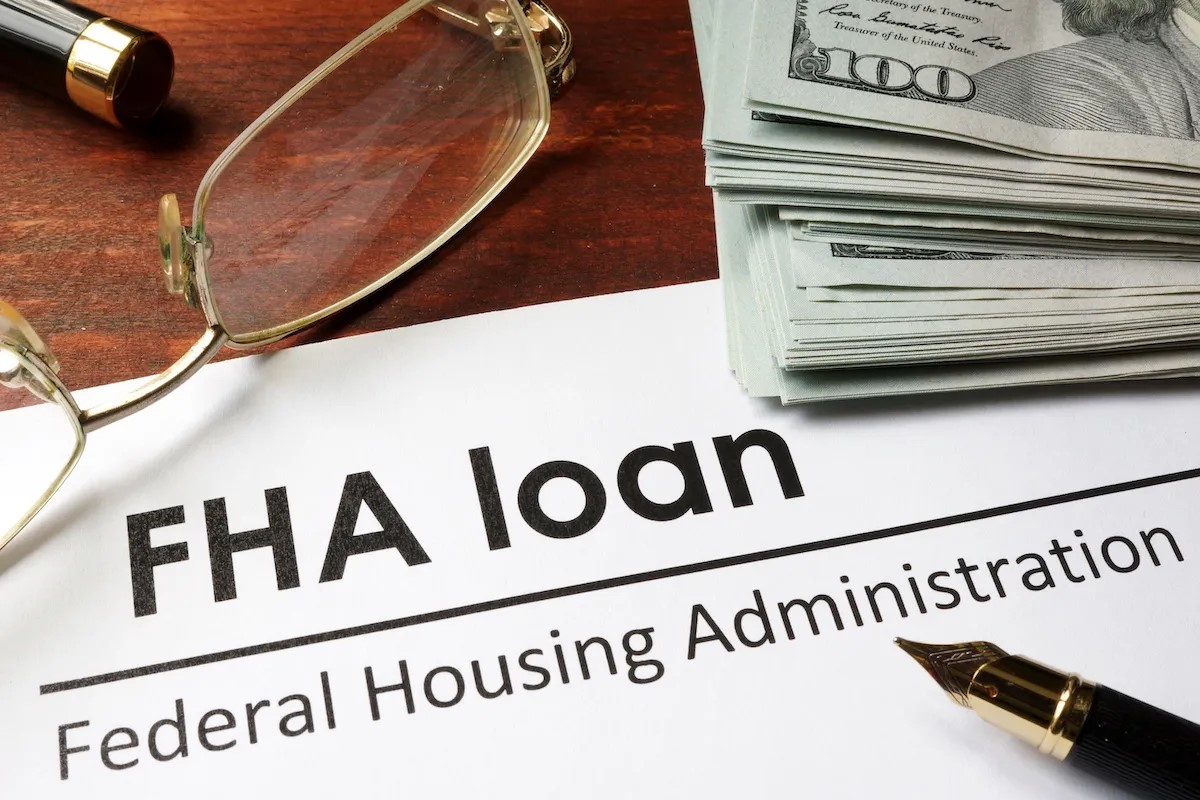
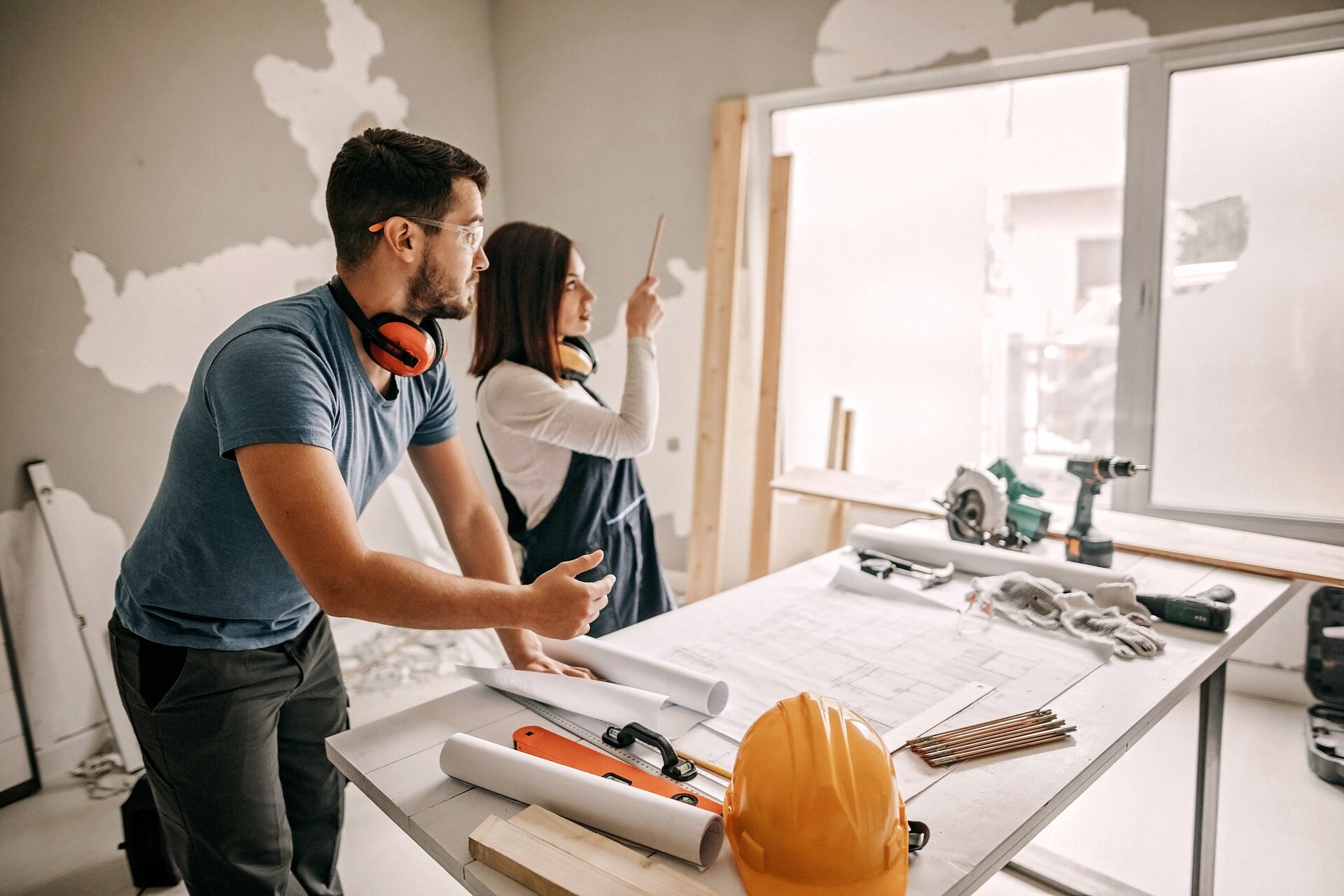
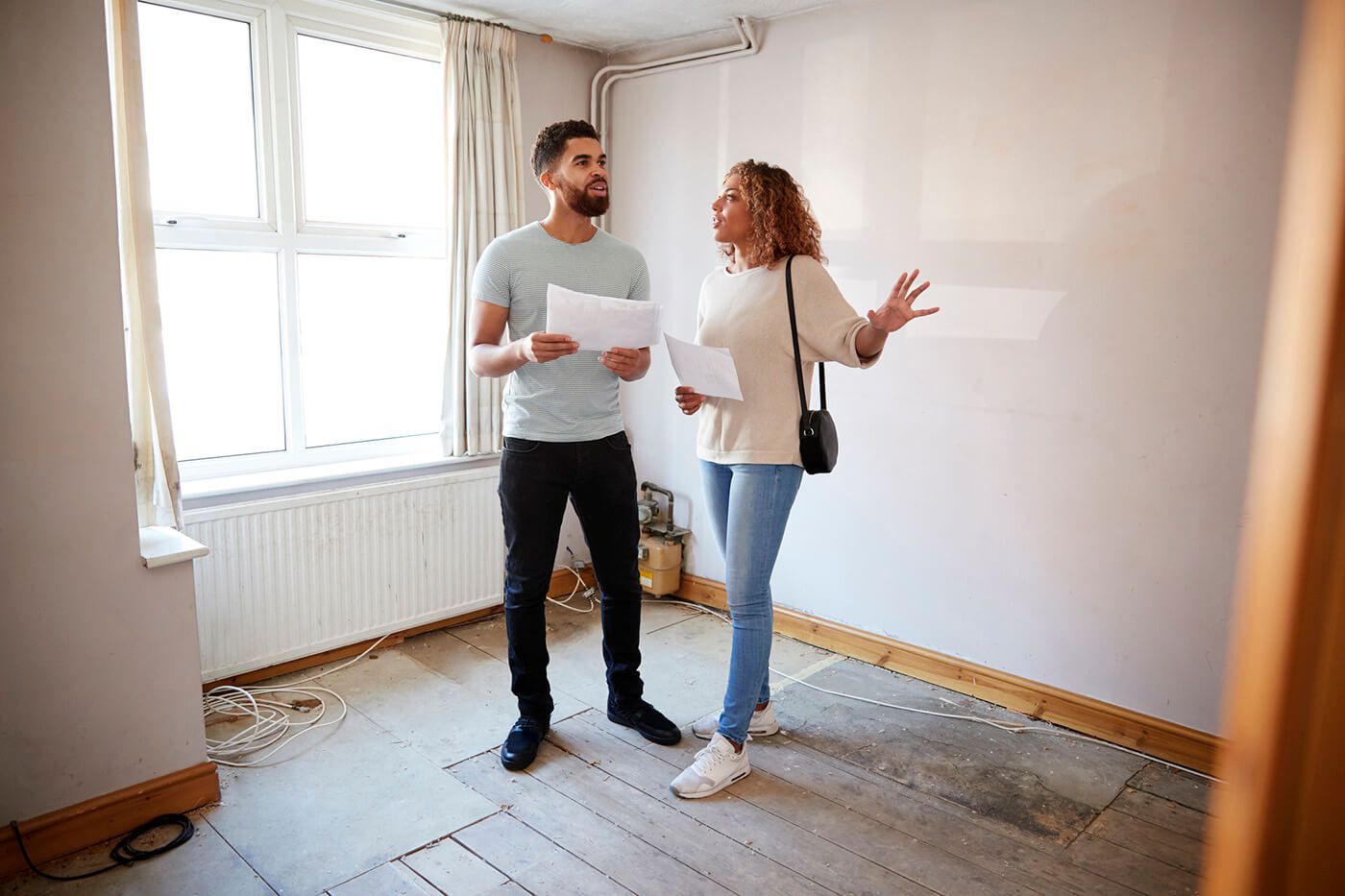
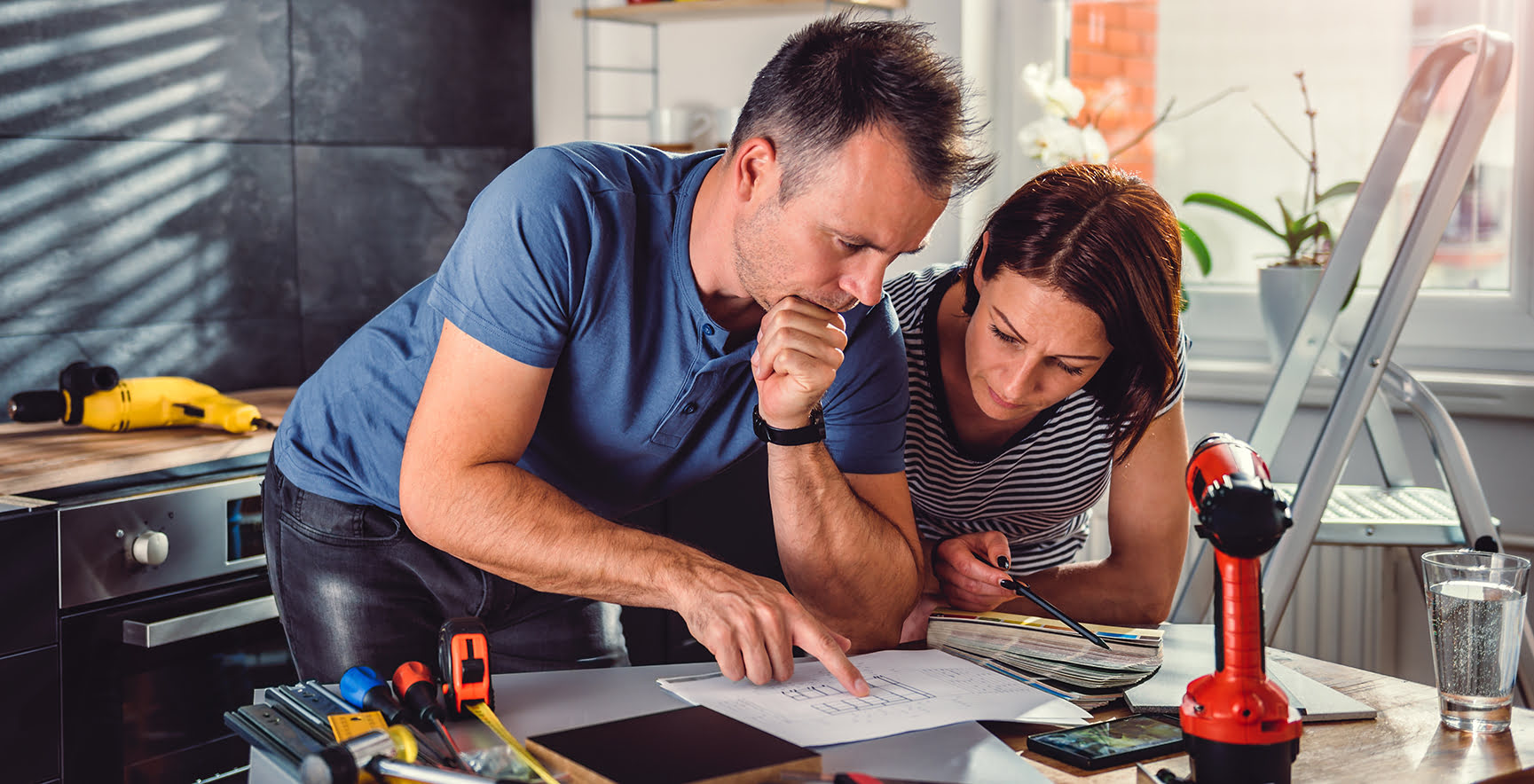



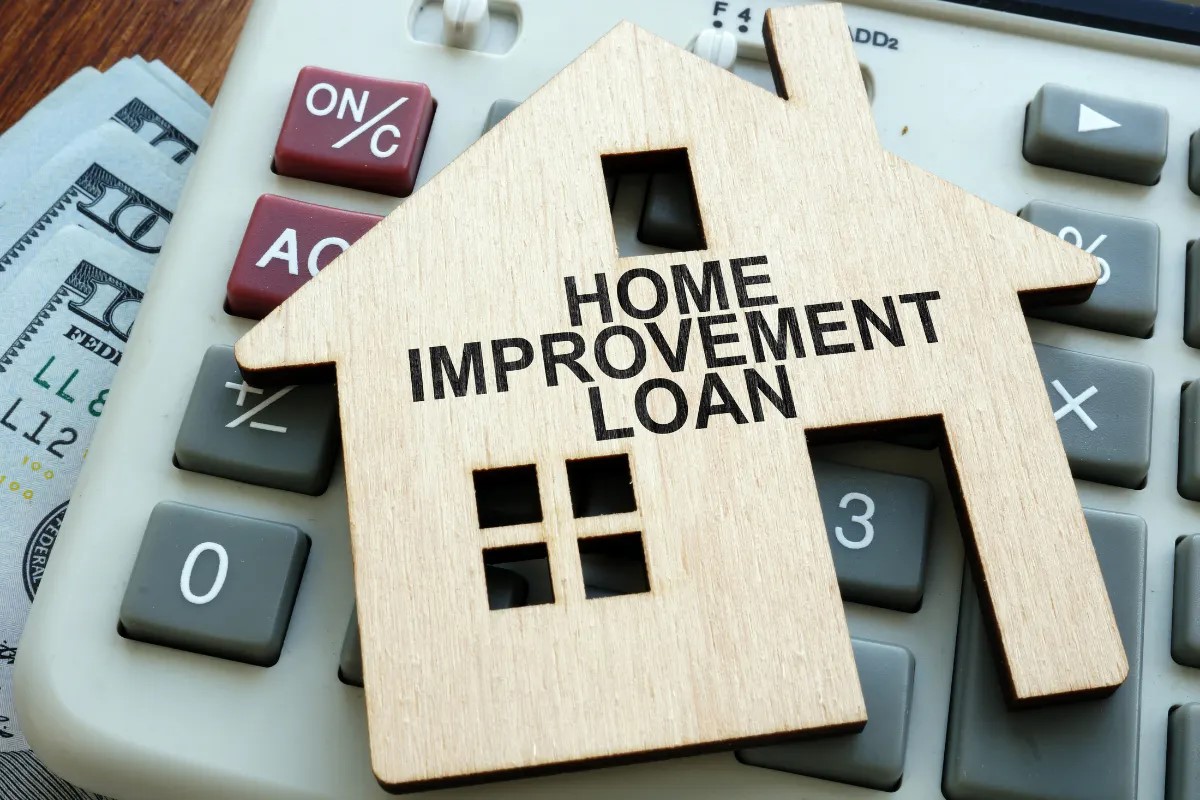
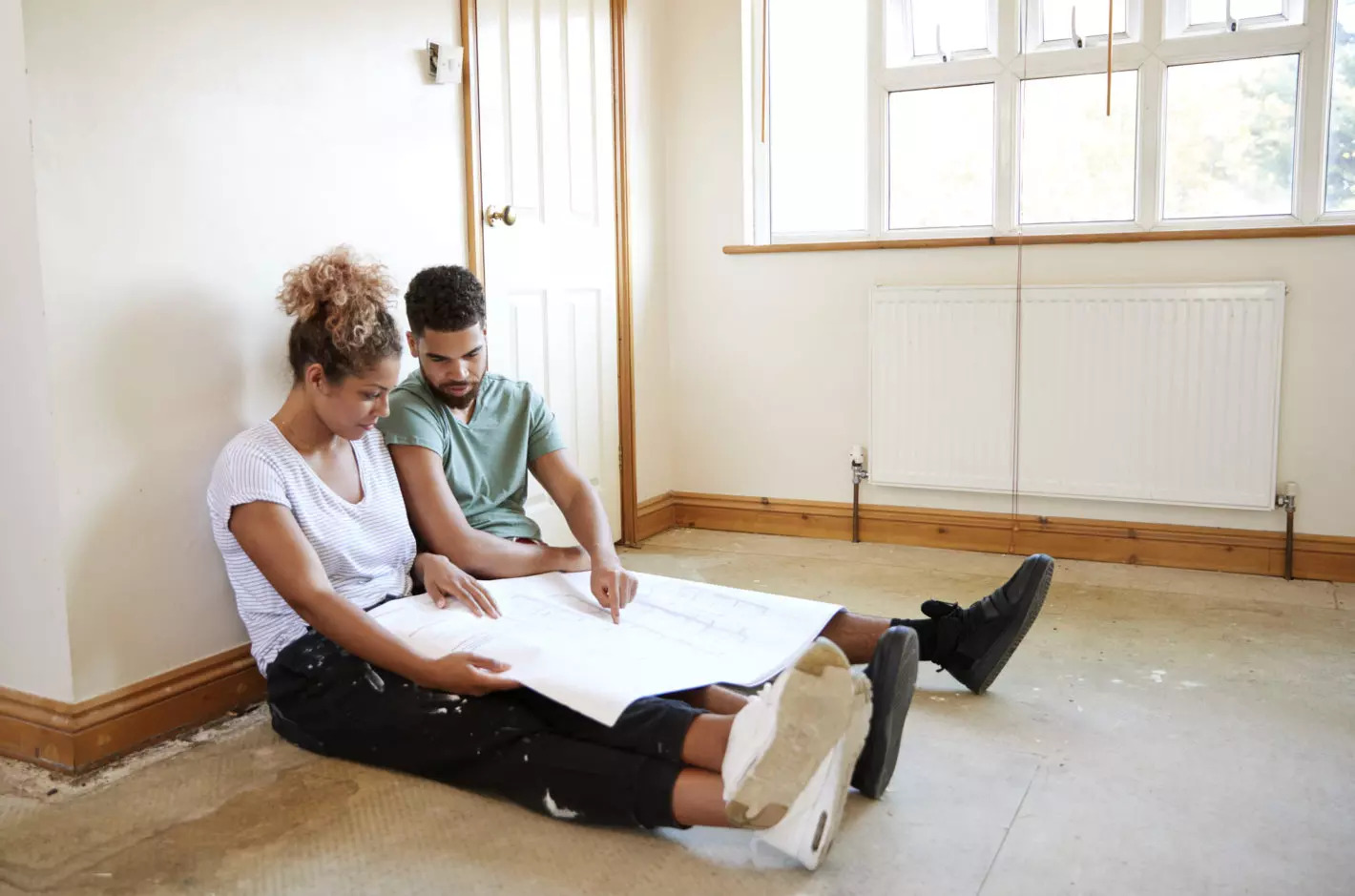
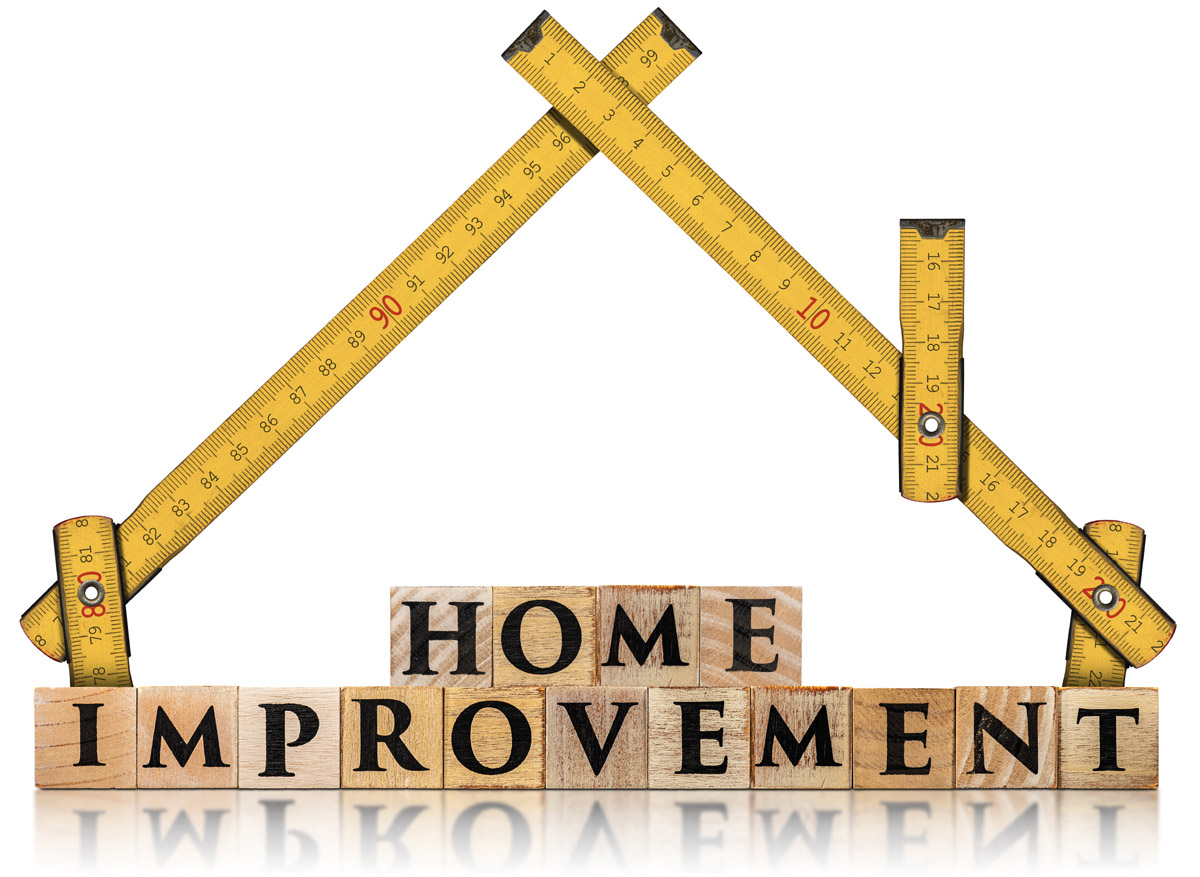

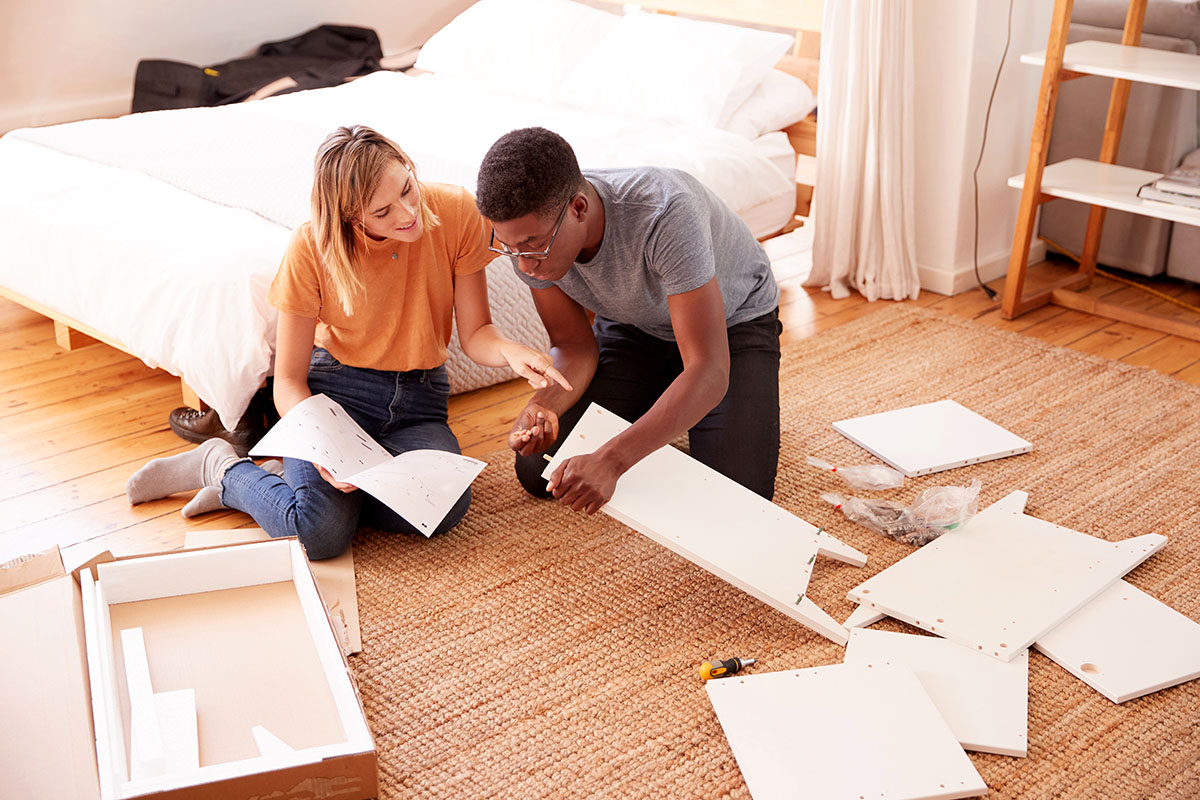
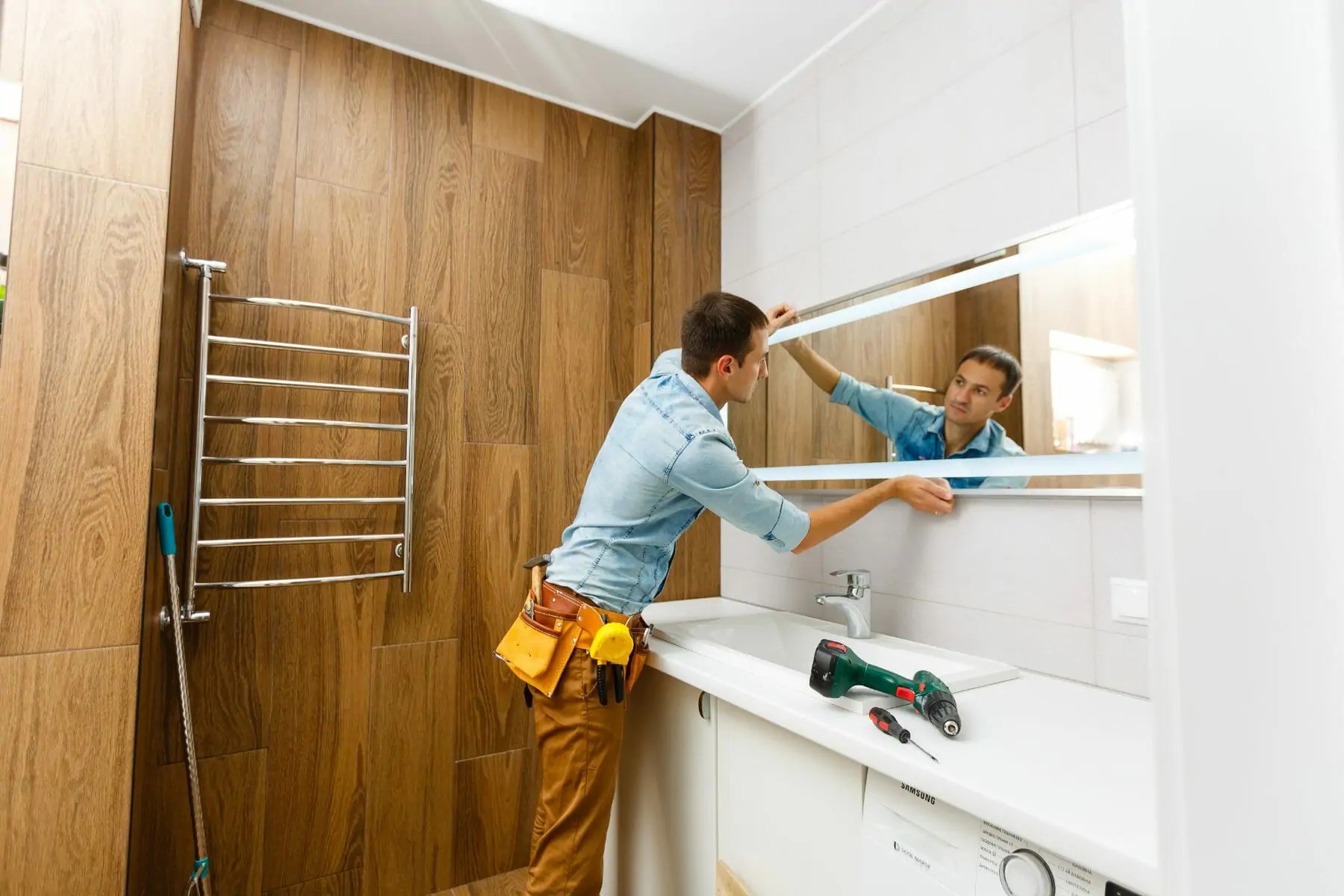

0 thoughts on “How Long Can You Make Home Improvements With A VA Home Loan?”